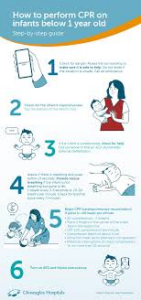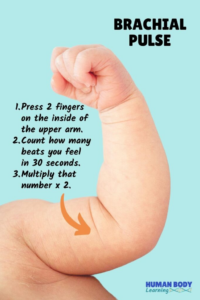Table of Contents
- Introduction
- Importance of Checking an Infant’s Pulse
- Step-by-Step Guide to Checking the Brachial Pulse in an Infant
- When to Seek Help Medical Help
- Check The Baby’s Pulse With Confidence!
Keeping track of an infant’s heart rate is one of the most important ways to check their health. Just like adults, babies have a heartbeat that tells us how their body is working. But there’s a key difference – babies’ hearts beat faster and can change speed more often than adult hearts.
Infants are much more delicate than older children or adults. Their tiny bodies need gentle handling. Thus, knowing the right way to check their pulse keeps them safe and comfortable, especially in medical emergencies or when performing basic health assessments.
This guide will walk through the preferred method for pulse check in an infant, explain why it’s important, and provide clear steps on how to do it safely and accurately.
Importance of Checking an Infant’s Pulse
The pulse, or heart rate, indicates how many times the heart beats in a minute. An infant pulse check provides vital information about an infant’s heart function. Knowing if the heart rate is normal, fast, or slow can help assess an infant’s health. Sometimes, a high or low pulse rate can indicate a medical issue that needs attention.
For instance, a high pulse (tachycardia) could mean fever, infection, or dehydration, and a low pulse (bradycardia) might suggest a heart problem or breathing issue. In emergencies, an infant pulse check is especially critical to decide if CPR (Cardiopulmonary Resuscitation) is necessary.
Also read: Basic Airway Management in Children
Step-by-Step Guide to Checking the Brachial Pulse in an Infant
Checking an infant’s pulse might seem intimidating, but with the right steps, it can be done safely and effectively. The brachial pulse, located in the upper arm, is the best spot to check in infants due to its accessibility and reliability. So, if you are wondering what is the preferred method for a pulse check in an infant, follow these steps:
-
Step 1: Position the Infant
Begin by placing the infant on a flat, comfortable surface, like a changing table or a firm bed. Ensure the infant’s arm is straight and relaxed to make it easier to locate the pulse.
The infant should be calm and as still as possible; this helps provide an accurate reading. If you have someone to assist, they can gently hold the infant’s arm in place so that you can focus on locating and feeling the pulse.
-
Step 2: Find the Brachial Artery
Next, locate the infant’s brachial artery, which is the best place to feel their pulse. To find this artery, look at the inside of the infant’s upper arm, in the area between the shoulder and the elbow. Place your index and middle fingers on the inside of the arm, near the middle.
You should feel a slight groove between the biceps and triceps muscles, which is where the artery lies. The brachial artery is generally easy to feel here in infants, as the skin is softer and less muscular compared to adults.
-
Step 3: Apply Gentle Pressure
Once your fingers are in the correct position, apply gentle pressure with your index and middle fingers. Avoid using your thumb, as it has its pulse and could interfere with getting an accurate reading. The pressure should be gentle but firm enough to detect the pulse check in an infant without pressing so hard that it restricts blood flow.
It may take a moment to feel the pulse, so be patient and adjust the pressure slightly if needed until you detect a rhythmic beat.
-
Step 4: Count the Beats
After you’ve found the pulse, use a clock or watch with a second hand or a digital timer. Begin counting the beats for 15 seconds. To determine heart rate per minute, multiply this figure by four.
For example, if you count 30 beats in 15 seconds, the heart rate is 120 beats per minute (bpm). You can count for 30 seconds and multiply by two for more accuracy. This gives a reliable reading, especially for infants whose heart rates can vary.
-
Step 5: Observe the Rate and Rhythm
Once you have counted the pulse, note the rate and rhythm. A regular, steady rhythm is normal, while an irregular rhythm (with varied beats) may need further observation or a medical evaluation. Compare the infant’s heart rate with normal ranges for their age.
For instance, newborns to 11-month-olds typically have a heart rate of 70 to 160 bpm, while infants between 12 and 24 months usually range between 80 and 130 bpm. Observing whether the heart rate falls within these ranges helps determine if the infant’s pulse is healthy.
When to Seek Help Medical Help
The best place to check an infant’s pulse is at the brachial artery, located on the inner side of the upper arm. This spot is easy to find and gives reliable readings. A very fast pulse may suggest fever, pain, or dehydration, while a languid pulse could indicate a more serious issue that requires medical attention. If you encounter any of the following situations, contact a healthcare provider or seek emergency assistance immediately:
- Abnormal Pulse Rate: If the infant’s pulse rate is consistently higher or lower than the normal range for their age, this may indicate an underlying health issue.
- Difficulty Breathing: If the infant appears to be struggling to breathe, is breathing very quickly or very slowly, or is gasping for air, seek medical help urgently.
- Pale, Bluish, or Gray Skin: Skin color changes, particularly around the lips, fingertips, or face, can indicate low oxygen levels or poor blood circulation and require immediate attention.
- Unresponsiveness or Weakness: If the infant is unusually drowsy, unresponsive to stimulation, or seems weak and floppy, this could be a sign of a serious health problem.
- Persistent Irregular Heartbeat: Occasional skips in the rhythm may not be concerning, but if the heartbeat is consistently irregular, it’s best to have a medical evaluation.
- Fever Alongside High Pulse Rate: If the infant has a high pulse along with a fever, dehydration, or other signs of illness, this might indicate an infection or other issue that needs medical attention.
- Inability to Detect a Pulse: If you are unable to find a pulse, and the infant appears lifeless or is unresponsive, start CPR immediately and call for emergency assistance without delay.
Thus, it is essential to know what is the preferred method for a pulse check in an infant. These signs may indicate serious health concerns that require prompt medical evaluation and, in some cases, emergency intervention.
Also read: AED Use on Children and Infants
Check The Baby’s Pulse With Confidence!
The preferred method for pulse check in an infant is locating the brachial pulse, which is found in the inner part of the upper arm. This spot offers the most reliable way to check an infant’s heartbeat because it’s both accessible and provides a clear signal.
To assess the brachial pulse of an infant, gently place your index and middle fingers on the inner side of the upper arm, between the elbow and shoulder. You should feel a steady beating sensation. If you can’t find it right away, don’t worry; it’s a skill that improves with practice.
Remember that while knowing how to check an infant’s pulse is valuable, you shouldn’t hesitate to seek medical help if you’re concerned about your baby’s health. Consider taking a pediatric first aid course to build confidence in performing health checks and handling emergencies.









